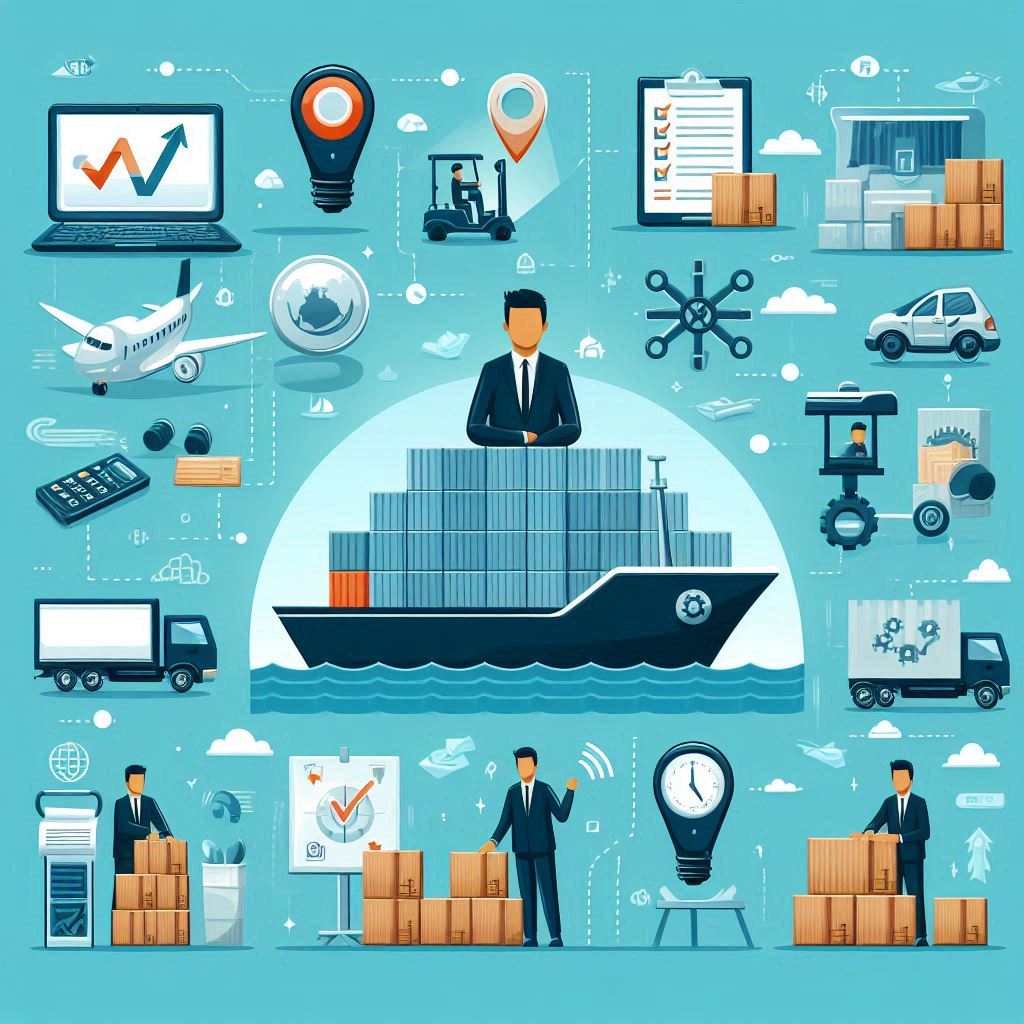1. Air Freight
- Capacity Constraints: The pandemic led to a significant reduction in passenger flights, which traditionally carry a substantial amount of cargo. This has resulted in limited cargo space availability, causing delays and increased competition for available slots.
- High Costs: The cost of air freight has surged due to rising fuel prices and increased operational expenses. Airlines have had to adjust their pricing to cover these costs, making air freight a more expensive option for shippers.
- Regulatory Changes: The aviation industry is subject to frequent regulatory updates, including security measures and environmental regulations. Keeping up with these changes requires constant adaptation and can lead to operational disruptions.
2. Sea Freight
- Container Shortages: A global imbalance in the distribution of shipping containers has caused significant shortages. This issue is exacerbated by the uneven recovery of global trade, leading to delays and increased costs for shippers.
- Port Congestion: Major ports around the world are experiencing congestion due to increased shipping volumes and labor shortages. This congestion leads to longer wait times for vessels to dock and unload, causing delays in the supply chain.
- Environmental Regulations: Stricter emission standards and environmental regulations are being implemented to reduce the carbon footprint of sea freight. Compliance with these regulations often requires investment in new technologies and practices, adding to operational costs.
3. Land Freight
- Driver Shortages: The trucking industry is facing a severe shortage of qualified drivers. This shortage is driven by an aging workforce, challenging working conditions, and regulatory requirements, making it difficult to meet the growing demand for land transportation.
- Infrastructure Issues: Poor road conditions, traffic congestion, and inadequate infrastructure can significantly impact the efficiency of land freight. These issues lead to longer transit times and increased maintenance costs for vehicles.
- Cross-Border Regulations: Navigating the complex customs and border control processes can be challenging, especially for international shipments. Variations in regulations between countries can cause delays and require additional documentation and compliance efforts.
4. Common Challenges Across All Modes
- Rising Consumer Expectations: Consumers are increasingly demanding faster and more reliable deliveries. Meeting these expectations requires efficient logistics and real-time tracking capabilities, putting pressure on freight forwarders to enhance their services.
- Technological Integration: The need for advanced tracking and management systems is critical for maintaining visibility and control over shipments. Integrating these technologies can be costly and requires ongoing updates and training.
- Economic Uncertainty: Fluctuating market conditions, geopolitical tensions, and economic instability can impact the freight forwarding industry. These factors can lead to unpredictable shipping volumes and rates, making it challenging to plan and manage operations effectively.






